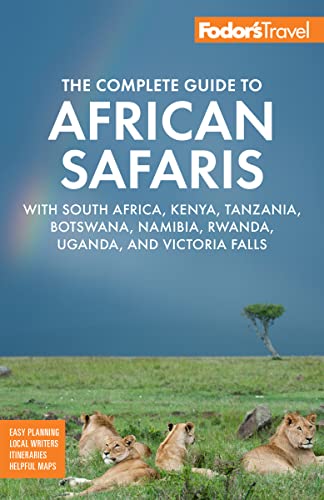Home to nearly half the world’s remaining population of critically endangered mountain gorillas, Bwindi is one of only three places in the world where one can spend a magical hour in the company of these gentle giants.
Once part of a much larger forest stretching as far as Rwanda and beyond, the park is now an oasis of 128 square miles of pristine rain forest in southwest Uganda. Designated a UNESCO World Heritage Site, Bwindi is one of the largest African forests encompassing both lowland and montane species. It has an incredibly rich ecosystem: more diversity of tree and fern species than anywhere else in the region, around 202 species of butterfly, 120 mammal species, and the only place one can find gorillas and chimpanzees in the same forest.
Since the first group was habituated for tourism nearly quarter of a century ago, a total of 11 gorilla families (out of an estimated 408 individuals) are now used for tourism. Small groups of tourists set off on bracing hikes every morning for a bucket list encounter with a Silverback and his clan. Visitors pay $600 per gorilla-tracking permit, but as one of the most unusual and exclusive wildlife encounters, it does not disappoint. Permits are strictly controlled to minimize contact between gorillas and the outside world (their DNA makes them susceptible to human ailments—so you won’t be allowed to track if you’re ill) and the funds raised go toward conservation activities in Bwindi, and all over Uganda.
A portion also supports nearby communities, and many local people now work in tourism: from serving as porters on gorilla tracking expeditions to guiding visitors on other local tourism initiatives: forest hikes, community walks, and living history encounters with the Batwa tribe. In some areas, the relationship between community and conservation is even more symbiotic, with local people donating land for use as wildlife buffer zones in exchange for collecting "bed night" fees from lodges. Bwindi today is a leading example of eco-tourism done well.




